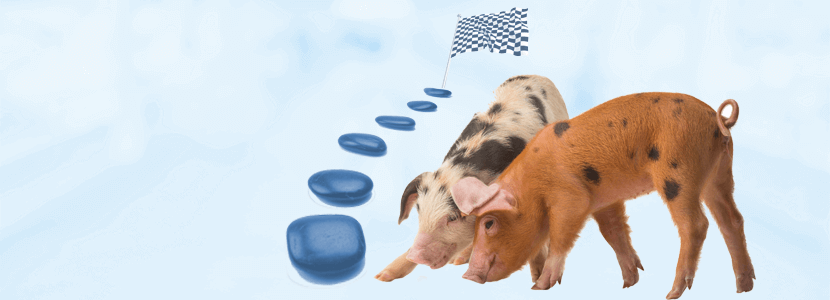Weaning, a “complicated” stage
In pig production, each phase is of fundamental importance for the optimization of production. The economic cost of the piglet, before its slaughter, is the responsibility of all the agents involved in its correct growth and adaptation to the environment around it, in order to achieve the maximum performance of each animal.
In this article, we will try to explain the management needed to make possible that expression of the productive performance of our animals in phase 2, commonly known as transition.
Weaning is one of the most complicated immune challenges the piglet will have to face throughout its life. At this time, a series of changes will occur, both physiological and environmental, which will test the immune status of the animal. The weaning piglet, in our production model, is an immature animal. A physiological, psychological and nutritional adaptation to the new environment is necessary. This is where management plays a key role.
Our goal should be to help the piglet successfully overcome this complicated and stressful stage, with the aim of starting the intake of both water and feed as soon as possible.
Before we fill the facilities: we must be prepared
ROOM COMPLETELY EMPTY AND CLEAN
Before the piglets arrive in the facility, it must have been completely emptied.
Cleaning and disinfection
Heating
It is essential to activate the heating system at least 12 hours before the arrival of the piglets.
ROOM SETUP
In an ideal situation we would have:
Keep up to date with our newsletters
Receive the magazine for free in digital version
REGISTRATION
ACCESS
YOUR ACCOUNT
LOGIN
Lost your password?

